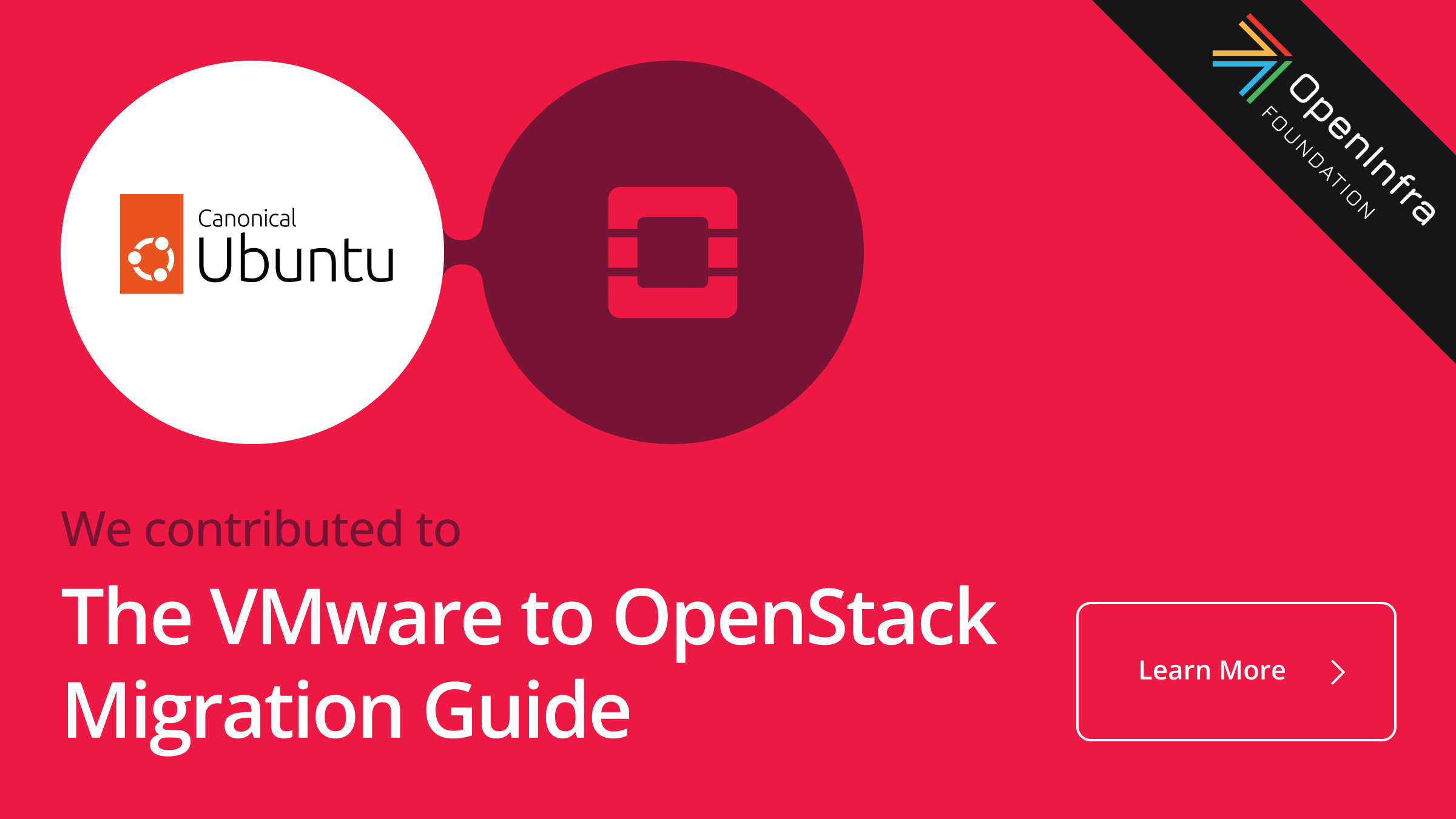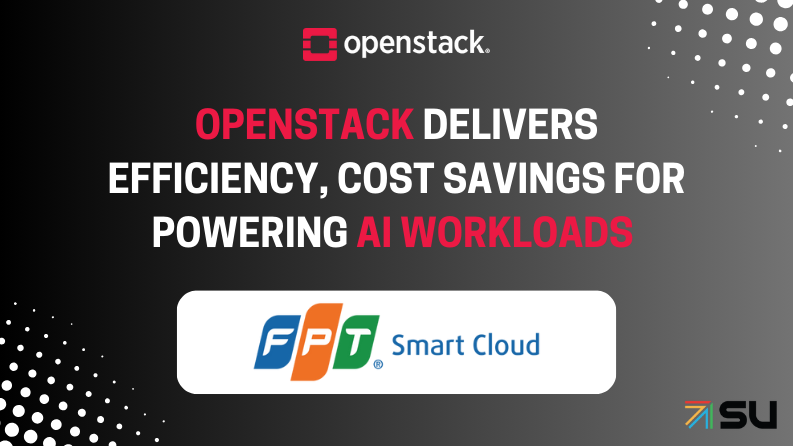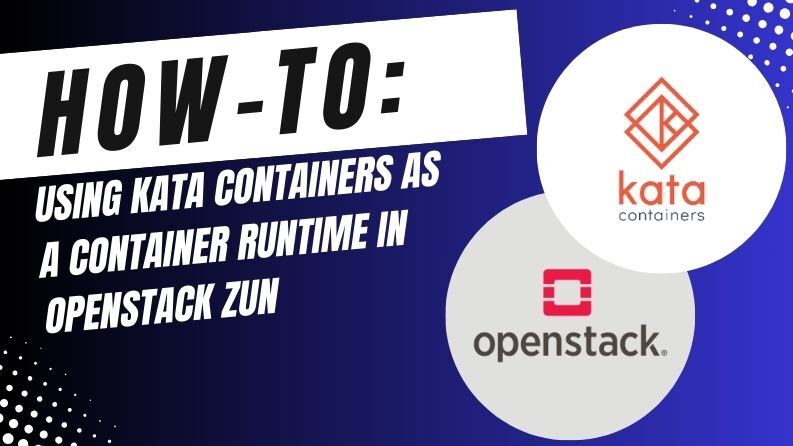The Canonical OpenStack Reference Architecture leverages a modern, cloud-native design, where the control plane is orchestrated by Canonical Kubernetes and deployment is dramatically simplified by Sunbeam. This approach delivers a highly automated, scalable, and resilient private cloud, suitable for a wide range of enterprise and service provider workloads. Canonical’s reference architecture delivers a future-proof, highly automated OpenStack cloud. It lowers complexity, accelerates deployment, and ensures seamless scaling and upgrades, making OpenStack accessible for organizations of any size and a great replacement for those looking to migrate workloads off of VMware to an alternative.
- BT Group – (Telco, UK): BT Group partnered with Canonical to deploy OpenStack as the foundation for its distributed 5G network, enabling the virtualization of network functions and a shift away from proprietary hardware. This open-source approach allowed BT to rapidly scale and update its network, supporting the rollout of 5G coverage to over 75% of the UK population. Canonical’s expertise and training empowered BT’s teams to manage and optimize the infrastructure internally, increasing agility and reducing operational costs. The collaboration set a new benchmark for mobile network performance and flexibility in the UK.
- Sicredi – (FinServ, Brazil): Sicredi, one of Brazil’s largest cooperative financial institutions, adopted Canonical’s Charmed OpenStack to modernize its IT infrastructure and embrace an infrastructure-as-code approach. This migration enabled Sicredi’s 200 developer teams to automate and scale resources efficiently, resulting in a 400% increase in parallel jobs and unlocking significant agility for product development. Charmed OpenStack proved to be two to three times more cost-effective than public cloud alternatives, while providing robust integration with automation tools like Terraform and Ansible. The solution empowered Sicredi to deliver faster, more innovative financial services while maintaining full control over data and operations
- INGV – (PubSec, Italy): Italy’s National Institute of Geophysics and Volcanology (INGV) selected Canonical’s Charmed OpenStack to unify and modernize its seismic and volcanic monitoring infrastructure across multiple sites. The new private cloud enables seamless failover and resource sharing between locations, ensuring uninterrupted monitoring even during disasters. Charmed OpenStack’s automation and cost-effectiveness allowed INGV’s small IT team to deploy and manage the solution efficiently, with Canonical providing both initial deployment and comprehensive knowledge transfer. The result is a resilient, scalable, and disaster-proof infrastructure that strengthens Italy’s national preparedness and scientific research capabilities
- UIDAI – (PubSec, India): UIDAI, managing India’s Aadhaar digital identity program for over 1.4 billion citizens, worked with Canonical and HPE to transition from a monolithic architecture to a scalable, open-source microservices platform. By leveraging Charmed OpenStack and Kubernetes, UIDAI achieved greater agility, cost-efficiency, and resilience in delivering authentication and citizen services. Canonical’s end-to-end support enabled UIDAI to scale up rapidly, introduce new features, and minimize operational disruption, ensuring robust and secure digital identity management for India’s population.
- SBI BITS – (FinServ, Japan): SBI BITS, the technology arm of Japan’s SBI Group, relied on Canonical OpenStack to execute a phased migration of its mission-critical financial workloads, ensuring uninterrupted business operations. Canonical provided dedicated engineering support, enabling SBI BITS to deploy new OpenStack environments and accelerate migration timelines by over 50%. The solution delivered high performance, flexibility, and 24/7 support, allowing SBI BITS to serve its customers more effectively while maintaining security for legacy workloads that could not be immediately migrated.
Want even more information on how OpenStack can be an alternative to VMware and how the migration works? Check out the Migration Guide, live now!

)







